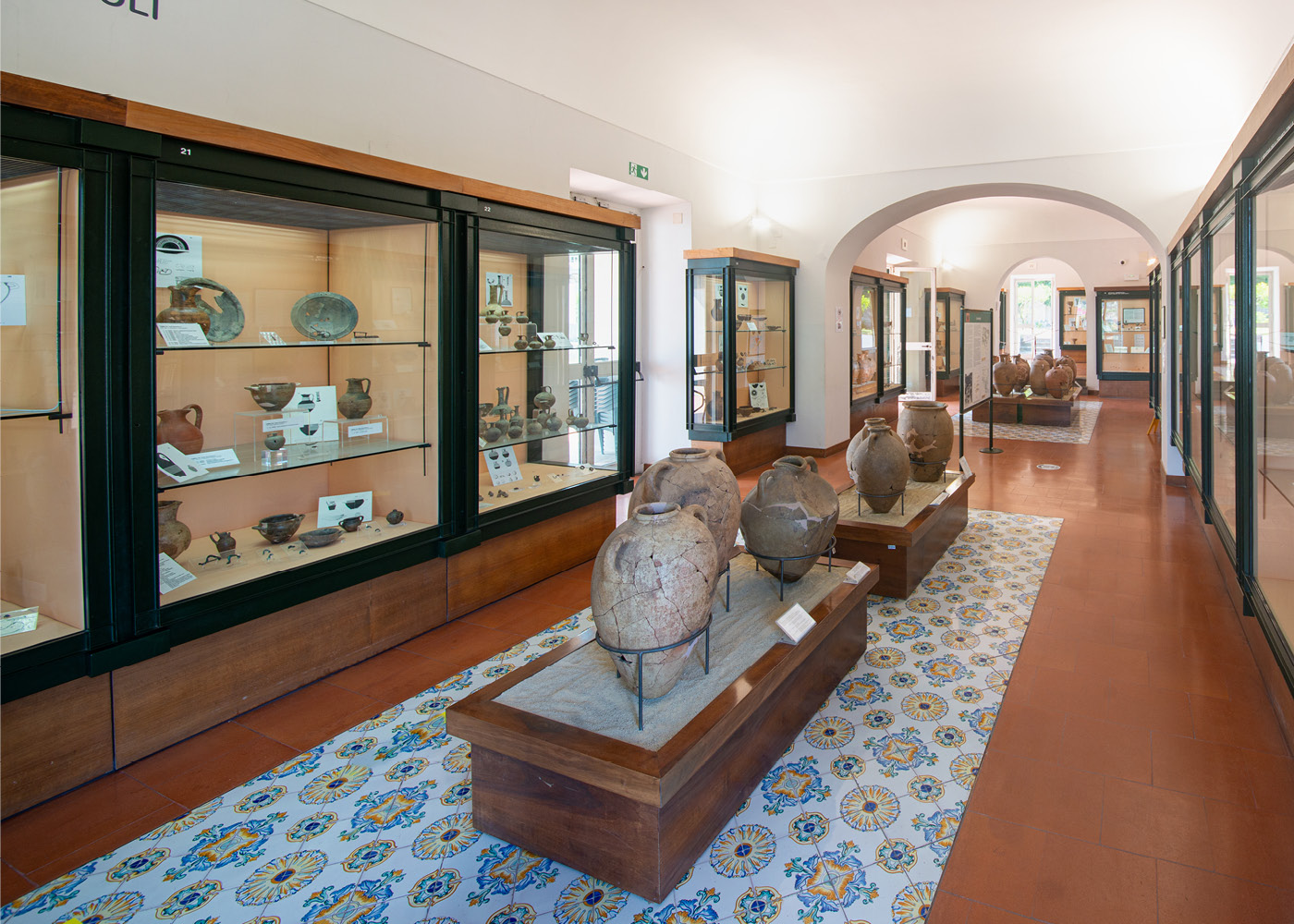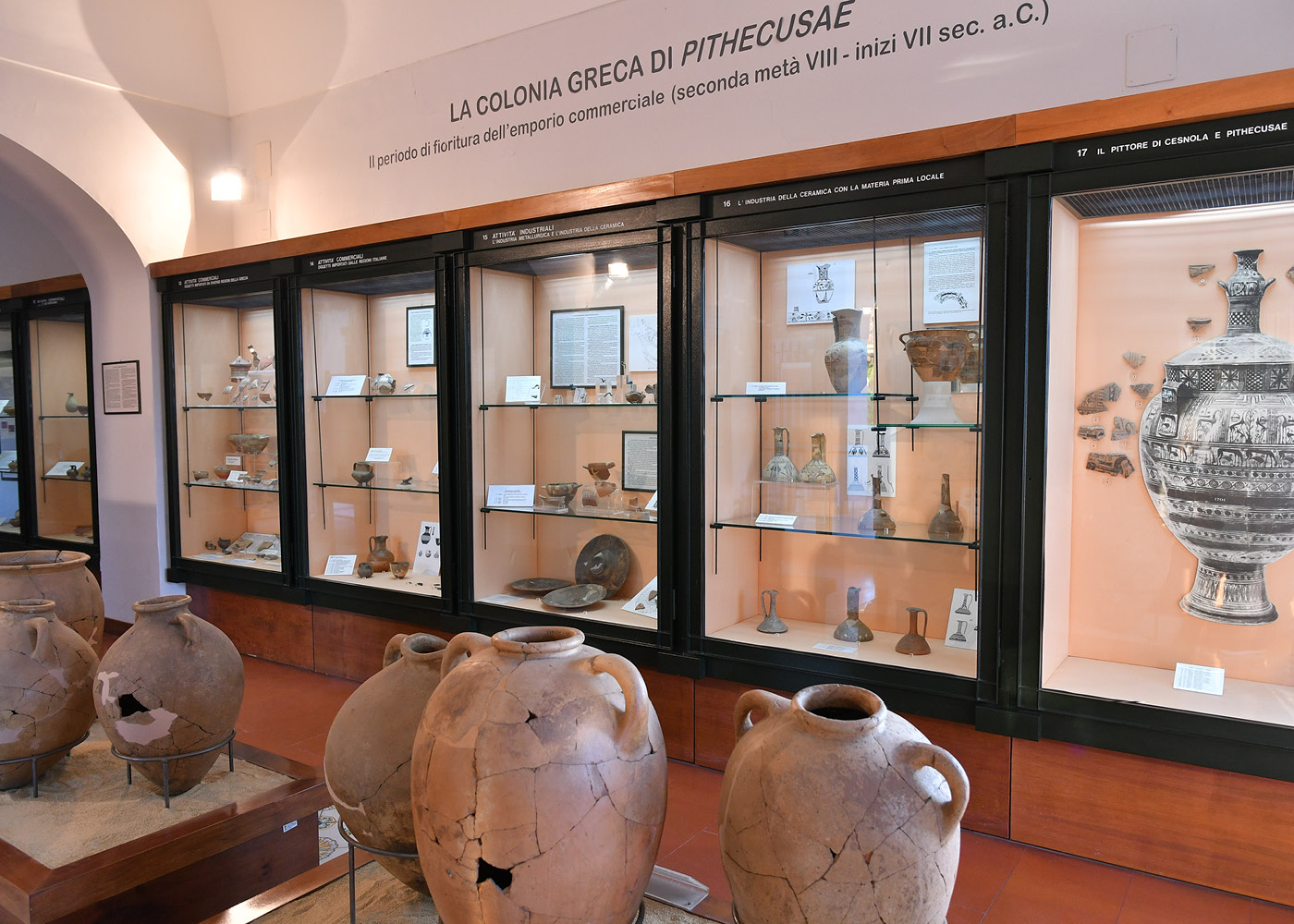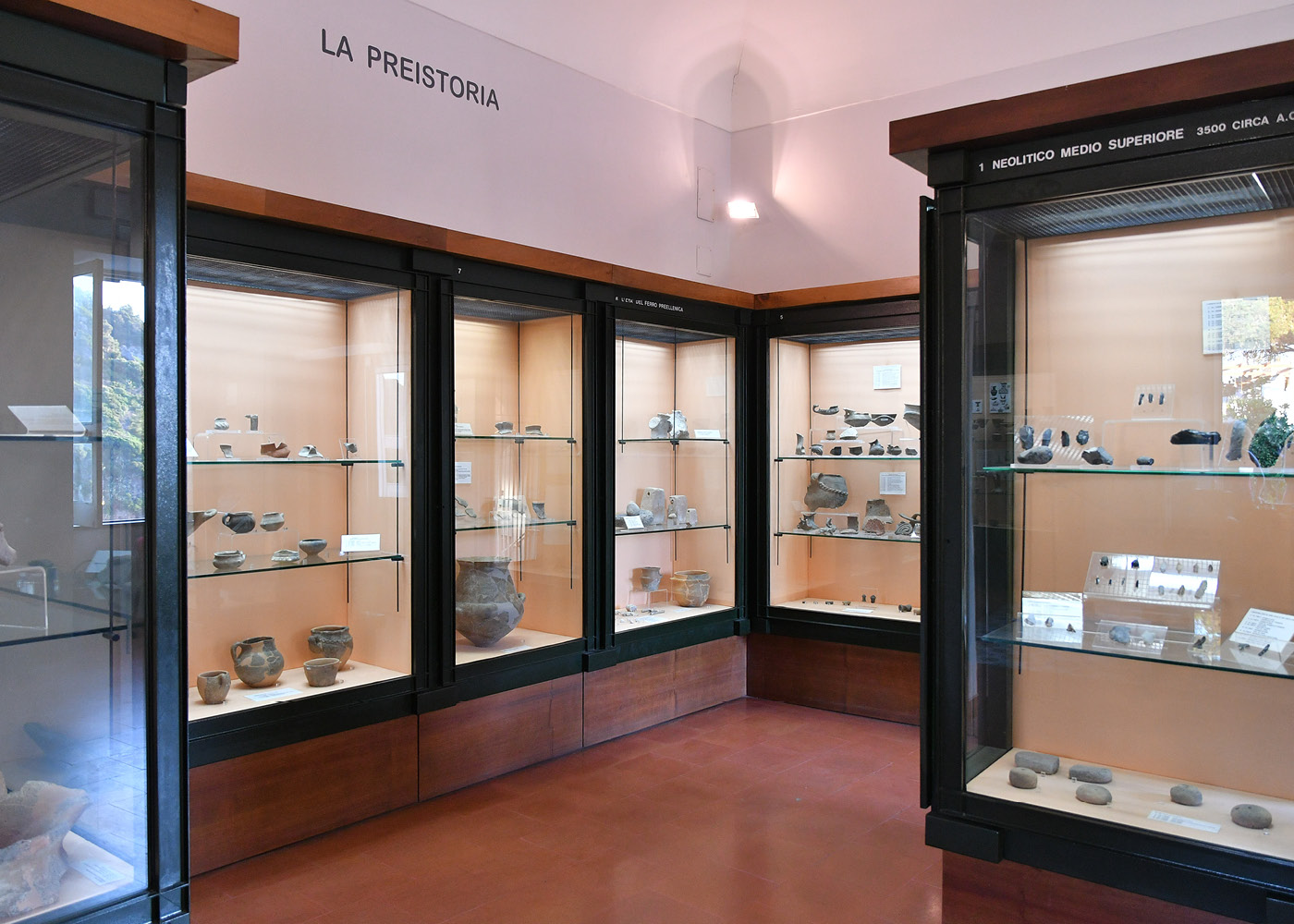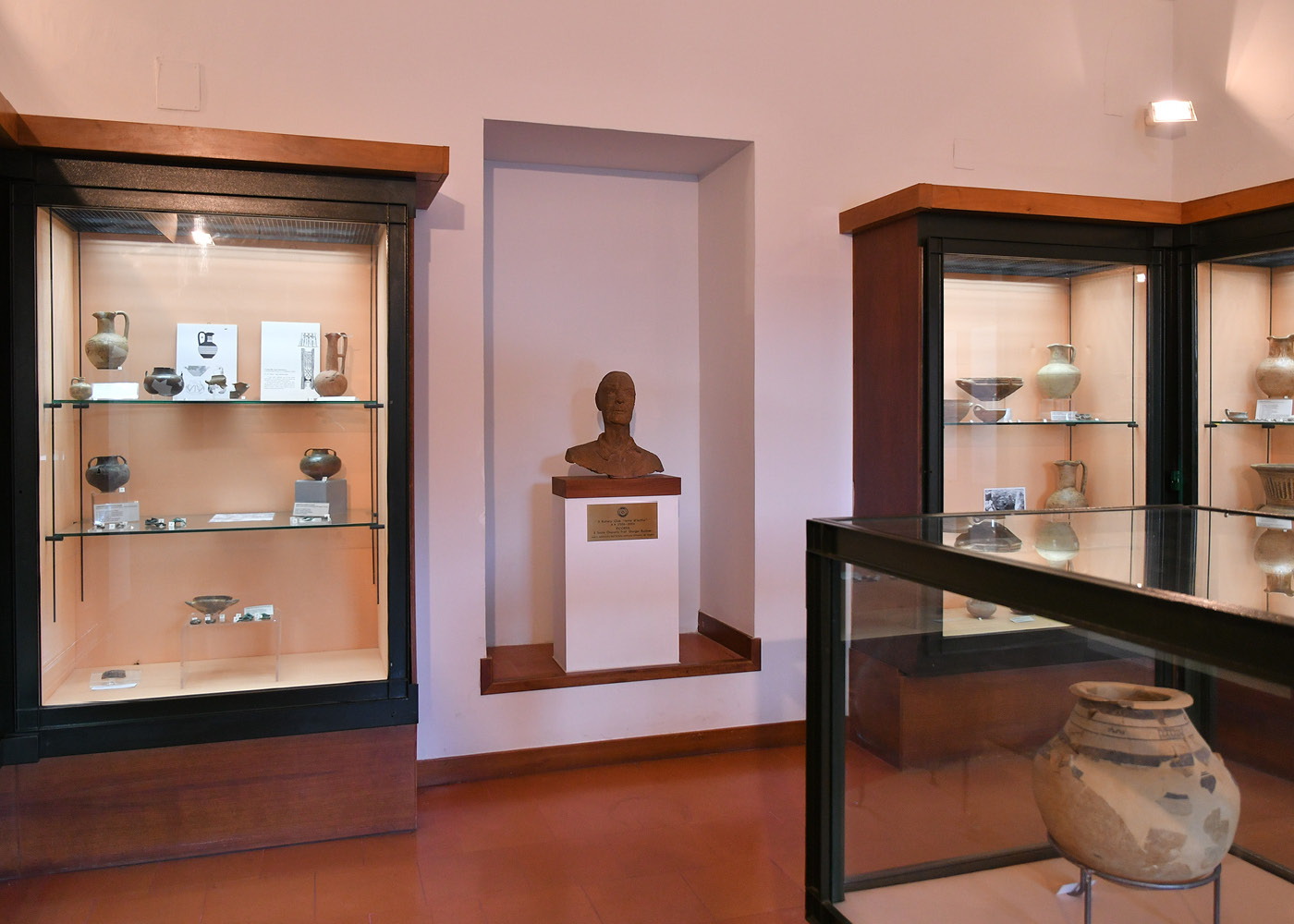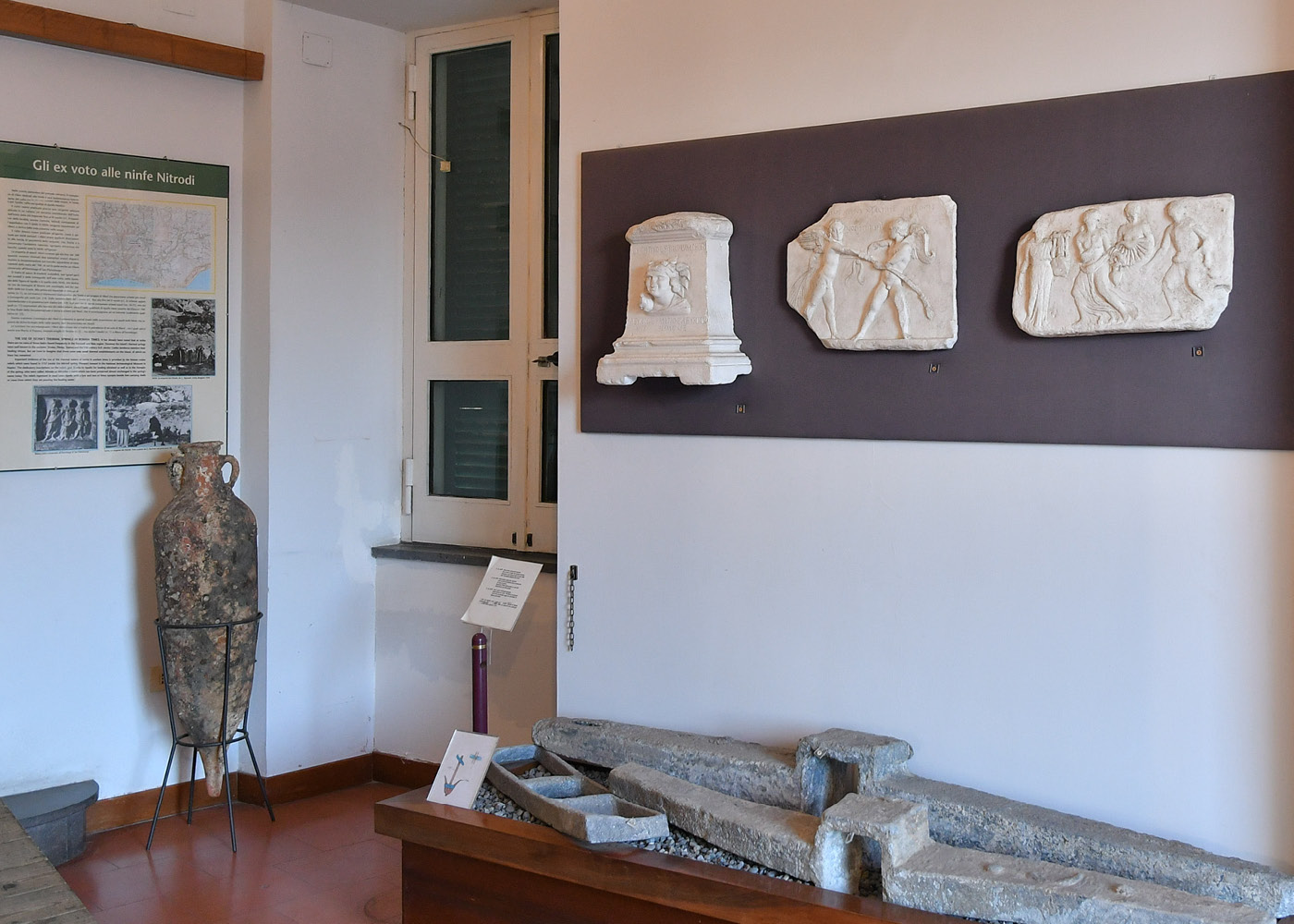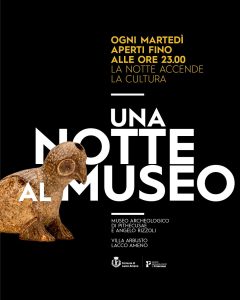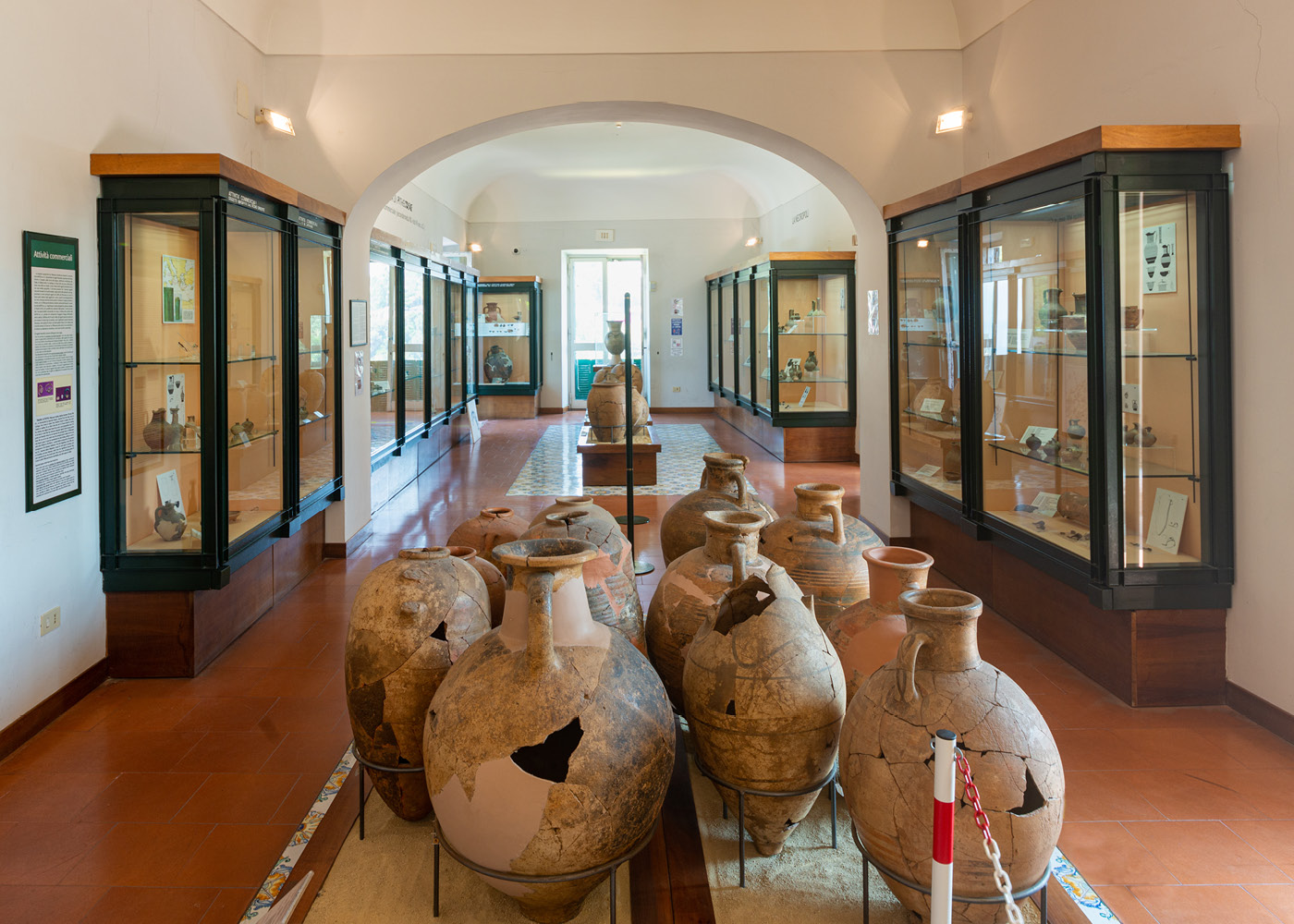
The history of the Museum
The Archaeological Museum of Pithecusae (the Latin name for Ischia, Pithekoussai in Greek) was founded with a mission: to display the finds from the excavations carried out in the oldest Greek settlement in the western Mediterranean, situated in the present-day municipality of Lacco Ameno. The excavations, which were begun in the 1950s by Giorgio Buchner, an archaeologist of international fame, revolutionised existing ideas about the beginnings of Greek colonisation in southern Italy.
The extraordinary finds discovered in the settlement, founded in the eighth century BC (c.770-750 BC) by Greeks from the island of Euboea, provide evidence for the trade networks that existed at the time between the eastern and western Mediterranean involving the Near East, Greece, Africa, Etruria, and Sardinia. Pithecusae was one of the most important ports of call on account of its geographical position.
Many celebrated vases come from the necropolis such as the locally made “shipwreck krater”, decorated with an exceptional figurative scene, or the famous “Nestor’s Cup” made in northern Ionia, on which several verses in the Euboean alphabet were incised, alluding to the famous cup belonging to Nestor described in the Iliad.
The museum was opened in 1999 by the Archaeological Superintendency for Naples and Caserta (Soprintendenza Archeologica per le province di Napoli e Caserta) and the Council of Lacco Ameno which bought the eighteenth-century Villa Arbusto, which had belonged to the entrepreneur A. Rizzoli, for this very purpose. The complex is situated in a breathtaking setting with panoramic views on the hill overlooking piazza Santa Restituta, opposite the promontory of Monte di Vico which was the site of the acropolis of Pithecusae. Close by, in the Mazzola area, lies the archaeological site of the craft district where metalworking activities took place (second half of the eighth-seventh century BC).
The museum has a section devoted to geology and volcanic phenomena which, from antiquity to the present, have always affected life on the island: the museum tour includes displays of artefacts that tell the story of the occupation phases prior to the arrival of the Greeks, material from the necropolis of San Montano and from the areas of the settlement, and finds dating from the Archaic period to Roman times.
The layout and design of the museum was curated by Giorgio Buchner with the assistance of Costanza Gialanella, who was working at the time as an archaeologist for the Archaeological Superintendency of Naples and Caserta.
